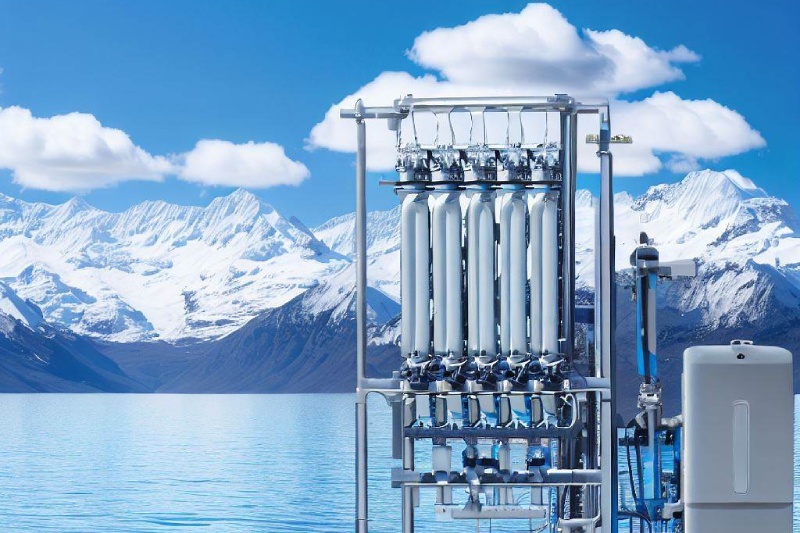
Water is an essential resource, and having access to clean and safe drinking water is crucial for our health and well-being. Reverse osmosis (RO) systems have become increasingly popular in households and industries for their effective water purification capabilities. In this article, we will delve into what a reverse osmosis system is, how it works, its benefits, and its applications.
Reverse osmosis is a water purification process that utilizes a semi-permeable membrane to remove contaminants, impurities, and particles from water. The process involves applying pressure to push water molecules across the membrane while leaving behind larger molecules, ions, and pollutants.
A typical reverse osmosis system comprises several key components that work together to purify water effectively:
The reverse osmosis process involves several steps to ensure the production of clean and safe water:
Reverse osmosis systems offer numerous advantages:
Reverse osmosis systems have revolutionized the way we access clean and safe drinking water. By leveraging the principle of semi-permeable membranes, RO systems effectively remove contaminants, impurities, and pollutants, ensuring high-purity water for residential, commercial, and industrial applications. With its numerous benefits and proven efficiency, reverse osmosis remains a reliable and popular choice for water purification, contributing to better health and a sustainable environment.
Copyright (c) 2025 My Water Club®
Contact Us · (858) 345-7345